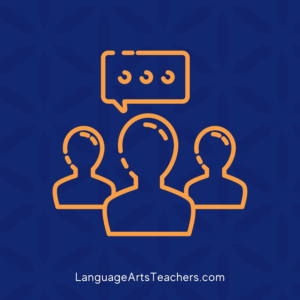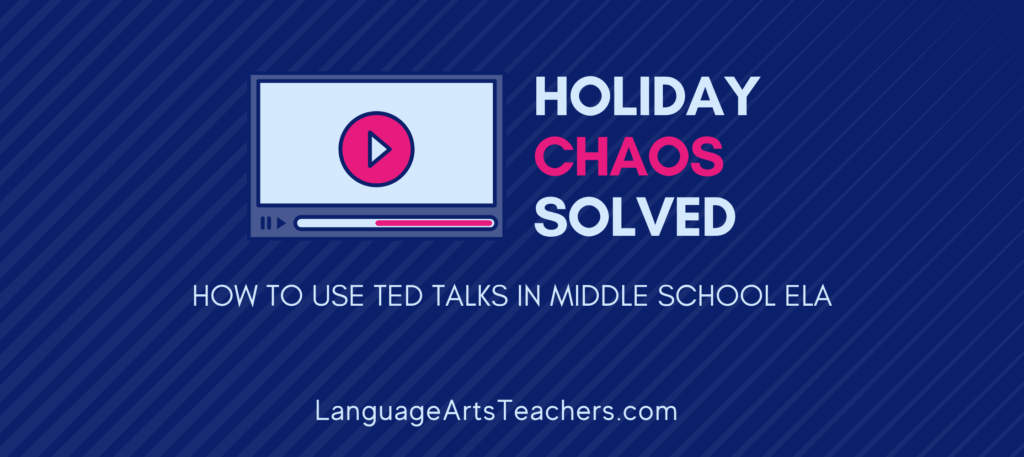As an ELA teacher and curriculum writer, I know that writing essential questions is an important part of developing lessons that engage and challenge students. Essential questions help students to think critically, make connections, and leave the classroom with memorable experiences they’ll take into other aspects of their lives. Here, I’m sharing my tips and strategies for writing effective essential questions for middle school ELA students.
Introduction to Essential Questions
Essential questions are open-ended questions that are thought-provoking and require students to think deeply about a topic. They are not simple yes or no questions, but instead encourage students to explore multiple perspectives and consider the complexities of a subject. Essential questions can be used to guide lesson planning, curriculum development, and assessment. They help teachers to focus on the most important concepts and skills that students need to master.
Why are Essential Questions Important in Middle School ELA?
Essential questions are especially important in middle school ELA because they help students develop critical thinking skills, grow in empathy, and become more independent learners. By asking essential questions, teachers can encourage students to connect what they are learning to their own experiences and to the world around them. Essential questions also help students to understand the relevance of what they are learning and to see the big picture of a topic.
Characteristics of a Good Essential Question
A good essential question should be open-ended, thought-provoking, and relevant to the topic being studied. It should also be clear and concise, and should not be too broad or too narrow in scope. A good essential question should also be accessible to all students, regardless of their background or prior knowledge.
Example of Essential Questions for Middle School ELA
Here are some example essential questions for the beginning of a fiction or short story unit where we’re trying to incorporate academic, genre-specific terms:
- How does the author use language to create mood and tone in a text?
- What is the theme of this story, and how is it conveyed through the characters and plot?
- How does the setting of a story impact the characters and the plot?
- How can we use evidence from a text to support our interpretations and opinions?
Here are some example essential questions for the beginning of a fiction or short story unit where we’re trying to incorporate questions regarding universal themes related to the stories which have no definitive “right” answer. Rather, these types of essential questions are designed to provoke thoughtful discussion:
- How do our experiences shape the way we interact with others?
- Is it possible for people to really change over time?
- Who gets to determine what love or hate means?
- How do small actions or decisions create ripple effects for others?
Resources for Finding Essential Question Examples and Templates
There are many resources available online for finding essential question examples and templates. Some of my favorite ones include:
- Edutopia: Edutopia offers a wide range of articles and resources on essential questions and other teaching strategies.
- TeachThought: TeachThought has a collection of essential question templates and examples that teachers can use to guide their lesson planning.
- ASCD: ASCD offers a variety of resources on essential questions, including articles, webinars, and books.

How to Create Essential Questions for Middle School ELA
Creating essential questions can seem like a challenging task, but there are a few strategies that can help. First, begin by considering the big picture of the topic you are teaching. What are the most important concepts and skills that students need to master? Next, think about questions that will help students to explore those concepts and skills in a meaningful way. Finally, consider how you can phrase your questions to be open-ended and thought-provoking.
Tips and Strategies for Writing Effective Essential Questions
- Begin with the end in mind: Consider what you want your students to learn and be able to do by the end of the unit or lesson.
- Refer to Bloom’s Taxonomy: Bloom’s Taxonomy can be a useful tool for developing essential questions that encourage higher-order thinking skills (synthesizing, evaluating, and analyzing).
- Consider multiple perspectives: Encourage students to consider different viewpoints and perspectives when responding to essential questions.
- Be flexible: Be open to changing your essential questions as you learn more about your students and their needs.
Using Essential Questions in Lesson Planning and Curriculum Development
Essential questions can be used to guide lesson planning and curriculum development, too. They can help to identify the most important concepts and skills that students need to master, and can also help to ensure that instruction is meaningful and relevant to students’ lives. Essential questions can also be used to guide assessments and evaluations since they provide a framework for measuring student learning.
Final Thoughts
Ok, so essential questions are a tool for middle school ELA teachers. They help to develop critical thinking skills, encourage students to make connections, and provide a framework for meaningful instruction and assessment. By following the tips and strategies outlined here, you can create effective essential questions that will engage and challenge your students while helping to guide your own planning and objectives.
For more insights into organizing your time, planning your year, and engaging students in your Middle School ELA Classroom, get your free ticket to the MSELA Summit which is the annual virtual conference specifically designed for Middle School ELA Teachers. Register for FREE today!



